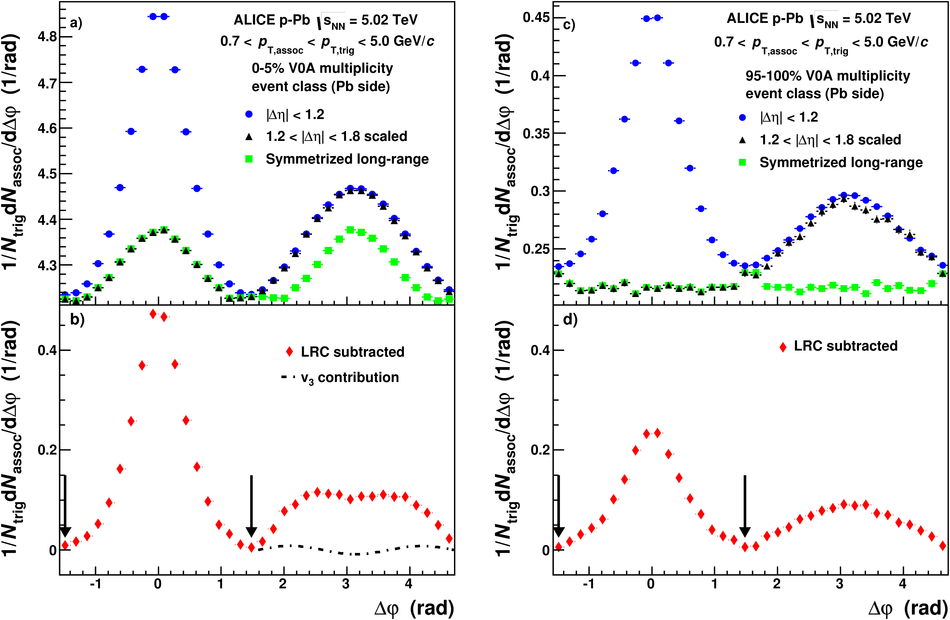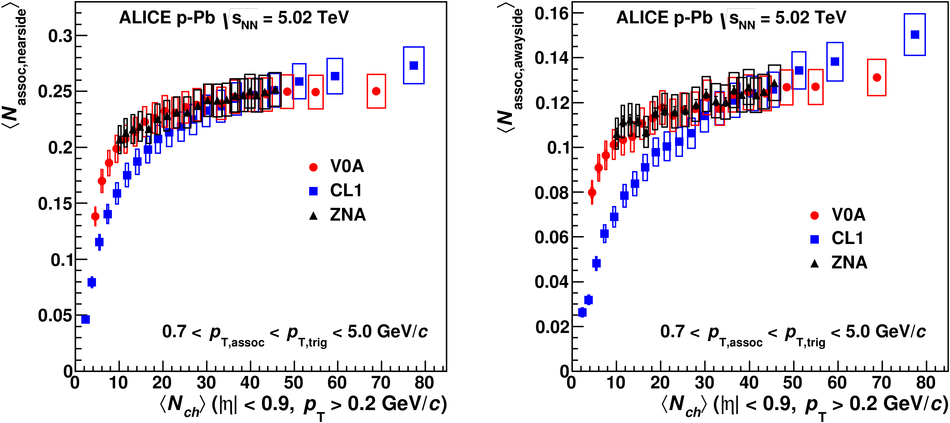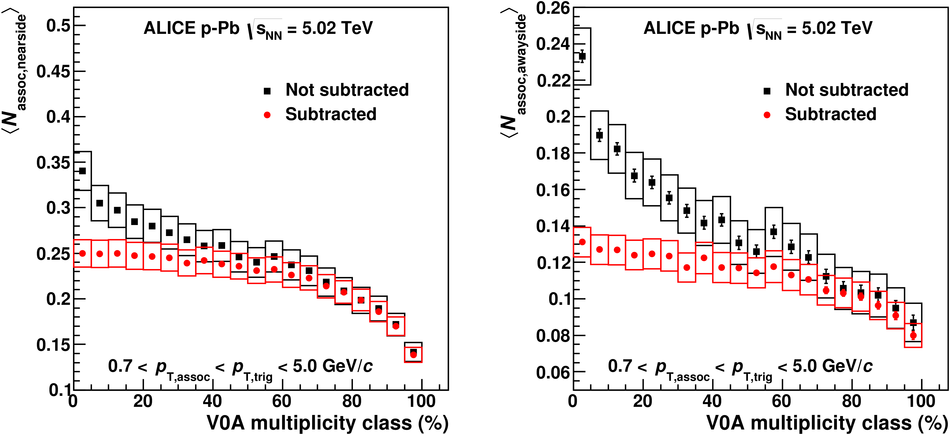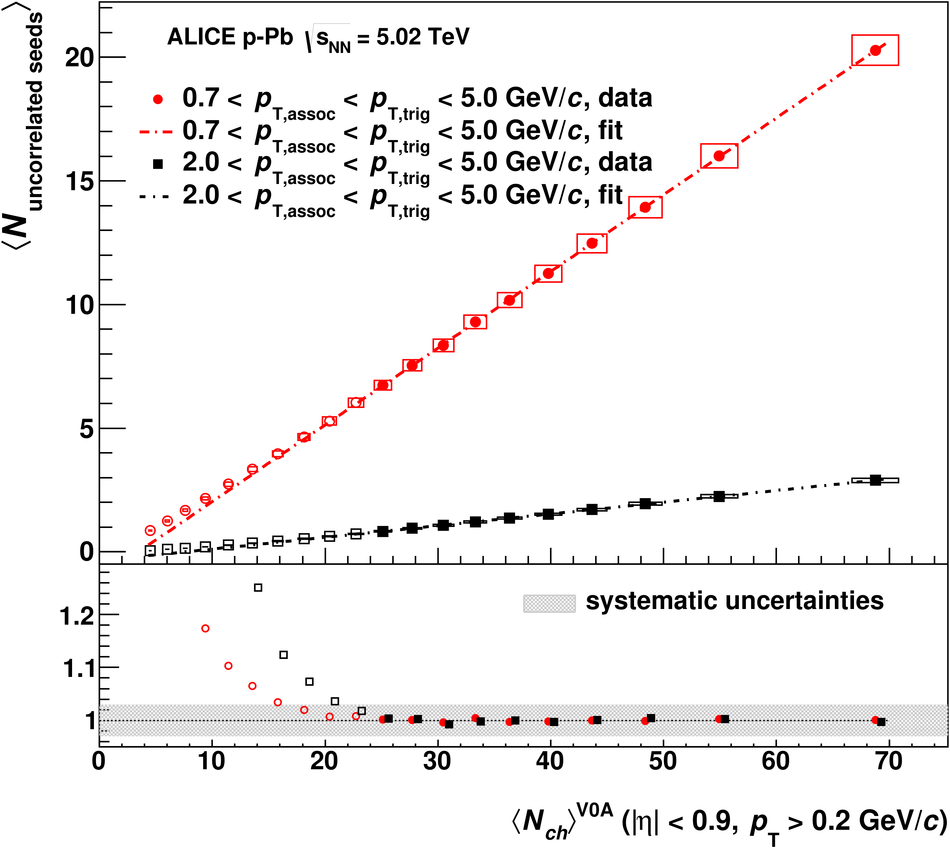Two-particle angular correlations between unidentified charged trigger and associated particles are measured by the ALICE detector in p-Pb collisions at a nucleon-nucleon centre-of-mass energy of 5.02 TeV. The transverse-momentum range 0.7 $ < p_{\rm{T}, assoc} < p_{\rm{T}, trig} <$ 5.0 GeV/$c$ is examined, to include correlations induced by jets originating from low momen\-tum-transfer scatterings (minijets). The correlations expressed as associated yield per trigger particle are obtained in the pseudorapidity range $|\eta|<0.9$. The near-side long-range pseudorapidity correlations observed in high-multiplicity p-Pb collisions are subtracted from both near-side short-range and away-side correlations in order to remove the non-jet-like components. The yields in the jet-like peaks are found to be invariant with event multiplicity with the exception of events with low multiplicity. This invariance is consistent with the particles being produced via the incoherent fragmentation of multiple parton--parton scatterings, while the yield related to the previously observed ridge structures is not jet-related. The number of uncorrelated sources of particle production is found to increase linearly with multiplicity, suggesting no saturation of the number of multi-parton interactions even in the highest multiplicity p-Pb collisions. Further, the number scales in the intermediate multiplicity region with the number of binary nucleon-nucleon collisions estimated with a Glauber Monte-Carlo simulation.
Phys. Lett. B 741 (2015) 38-50
HEP Data
e-Print: arXiv:1406.5463 | PDF | inSPIRE
CERN-PH-EP-2014-084






